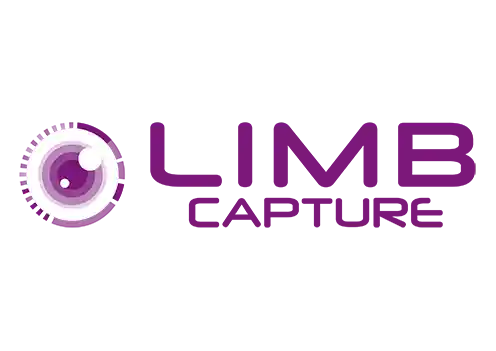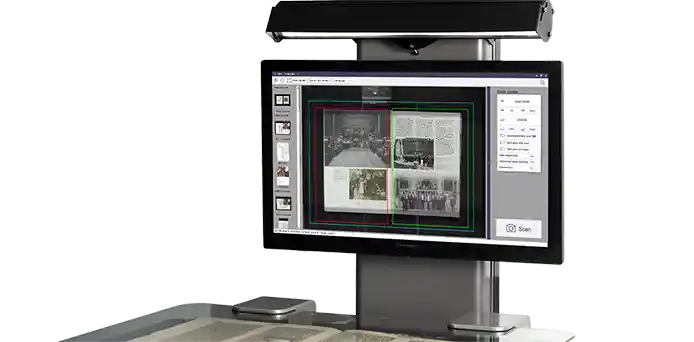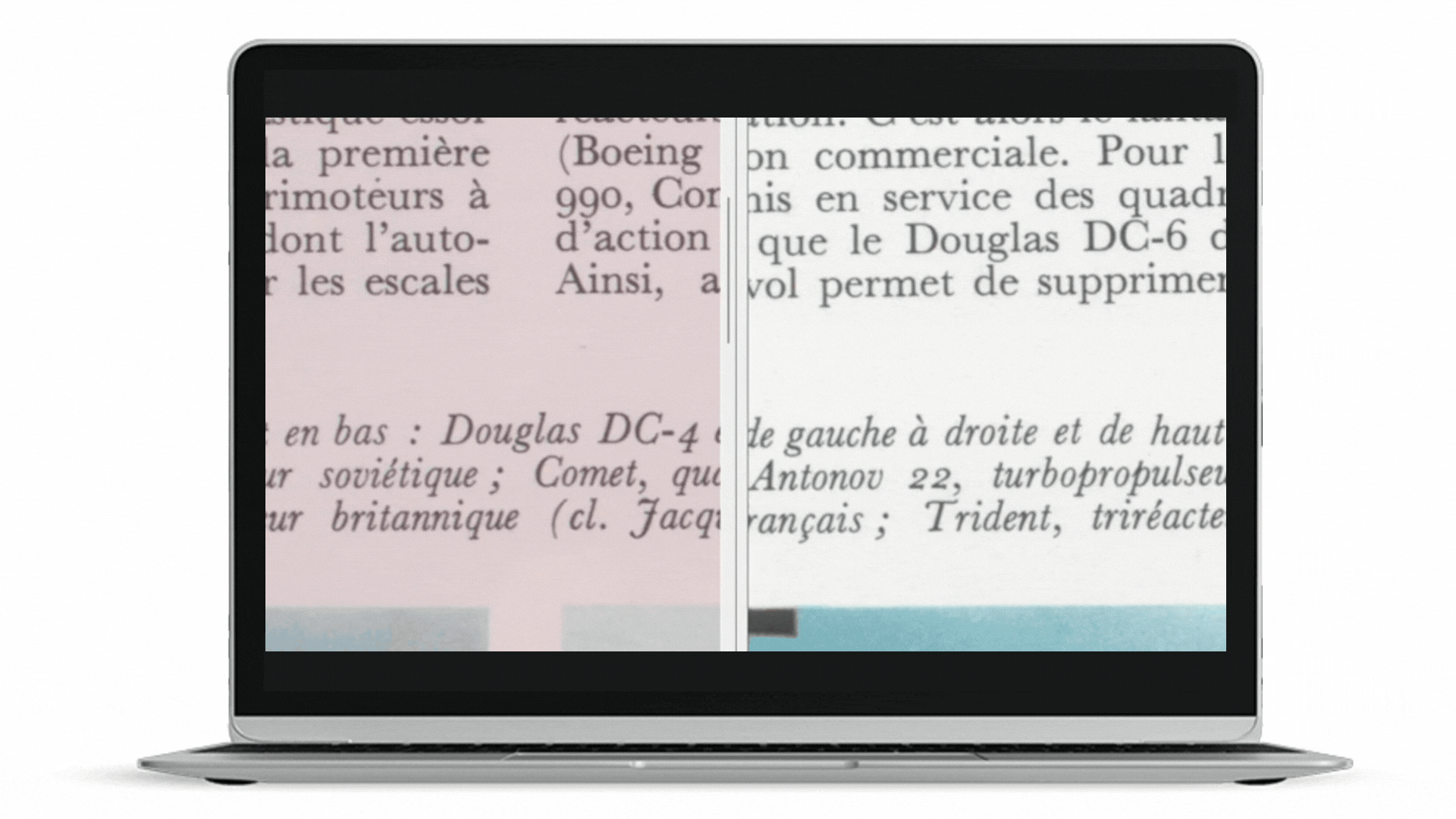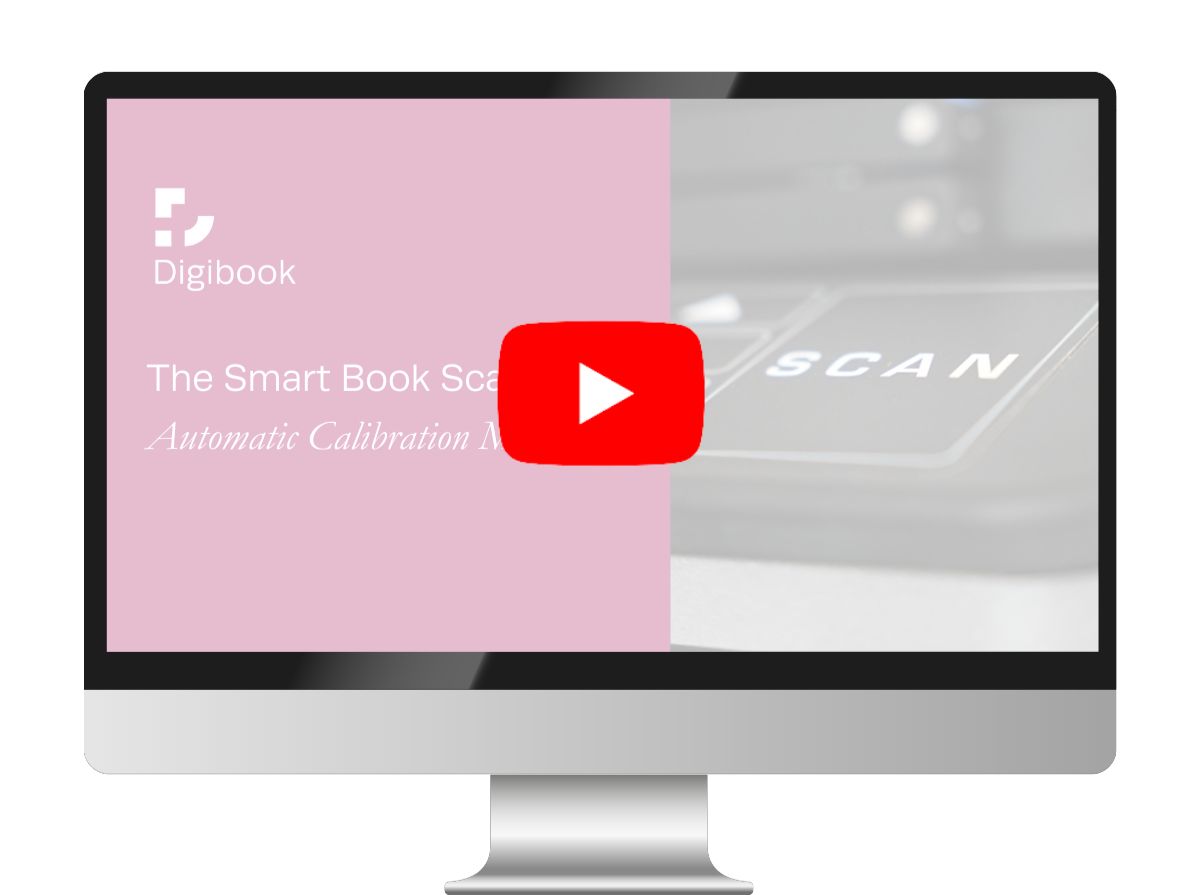LIMB Capture
Scanning software for all i2S scanners

Smart acquisition
Productivity
Saving
Capture our cultural heritage without compromising on performance or image quality
LIMB Capture equips all i2S scanners to ensure that the digitization process respects valuable and unique collections, image quality and, without compromising on performance. This image acquisition software also guarantees scanner calibration processes.

Smart acquisition
- Real-time color preview
- Zoom on scan window.
- Automatic format detection
- Automatic document detection and cropping
- Automatic calibration
- Finger masking
- Image saving and removal of unwanted elements.

Productivity
- Camera, book cradle, lighting and glass management
- Thumbnail flow for deleting/adding/inserting images
- ICC Color management
- Real-time MTF
- Production environment: connection, metadata tagging, METS output
- LIMB Capture provides an API for connecting your own monetization system.


Saving
- Multiple frames saving
- Various output file formats (TIFF, JPEG, PDF, JP2, PNG, BMP, DNG, etc.)
Automatic Calibration module
in less than 5 minutes
With LIMB Capture, auto-adjust your book scanner for an optimal image quality
- Automatic adjustment of all key image criteria
- Consistent image quality, compliant with ISO, FADGI, and Metamorfoze standards
- Intuitive and accessible for all operators

Select the standard you wish to be compliant with,
and follow these steps:
Step 01
Step 02
Step 03
Step 04
Automatic Focus Adjustment
Lighting uniformity
ICC Generation & Calibration
Calibration completed!
Not compliant with the standard you’ve selected?
you are indicated wich criteria you need to modify
THE LIMB SOFTWARE SUITE
LIMB GALLERY
Tailor-made web tools to promote and reveal the value of your collections online
LIMB PROCESSING
Post-digitisation software for processing, enhancing and converting digital cultural heritage
LIMB MAESTRO
Software for workflow supervision: scanning, image processing, publishing, and archiving

